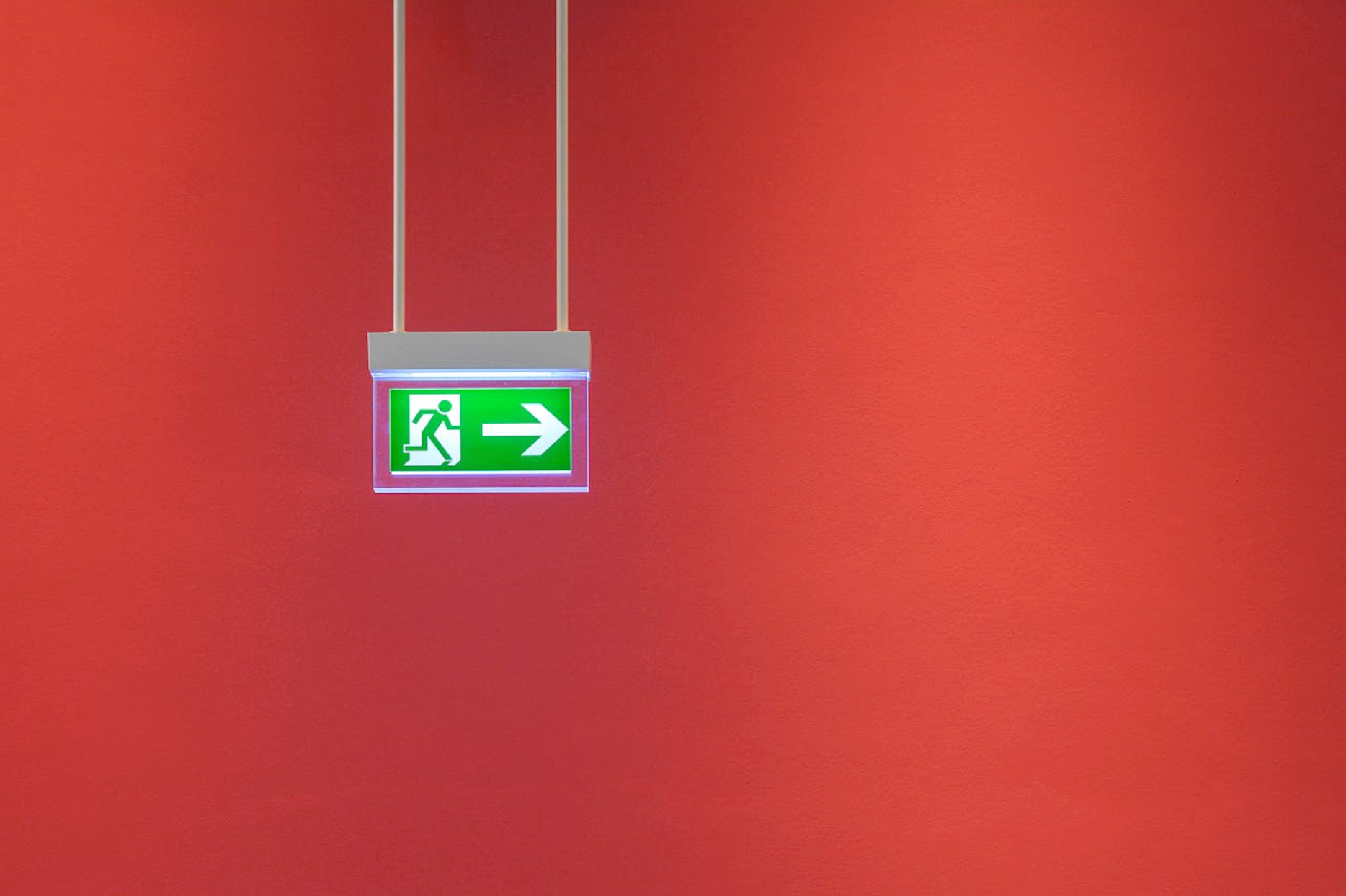Fire Alarm Cables That Meet the Highest Safety Standards

When thinking about life safety systems, nothing comes before the reliability of fire alarm infrastructure. Fire alarm cables should meet the highest safety standards, with everything at stake. Whether you're wiring for large-scale commercial facilities or high-occupancy industrial buildings, the quality of your cabling can directly impact the performance of the entire alarm system. This is a look at the characteristics, classifications, and performance considerations that define high-safety, code-compliant fire alarm cables.
Why Safety-Compliant Alarm Cables Matter
Fire alarm cables play a central role in the functionality of any emergency alert system. They carry critical signals between detection devices and control units. During an emergency, these signals need to travel uninterrupted, regardless of the environmental stress the system may be under. That’s why fire alarm cables must comply with strict regulations and undergo rigorous testing.
We often describe these products as mission-critical. That’s because they need to operate under duress, such as when temperatures rise, when visibility drops, and when time matters most. Choosing fire alarm cables that align with nationally recognized codes allows for people to build dependable systems.
Understanding Code and Safety Standards in Fire Cabling
Fire alarm wiring must adhere to regulations set by bodies like the National Electrical Code (NEC) and Underwriters Laboratories (UL). For us, providing code-compliant fire cables means working with products with clear classification ratings and documentation.
You’ll commonly see designations such as:
- FPL (Fire Power-Limited): Suitable for general-purpose fire alarm systems.
- FPLR (Fire Power-Limited Riser): Rated for vertical runs in riser shafts between floors.
- FPLP (Fire Power-Limited Plenum): Approved for use in plenum spaces where air circulates.
UL listings validate that these cables meet flame testing standards appropriate to their rating. For example, FPLP cables must pass stringent vertical and smoke testing requirements to meet UL standards. These designations help professionals determine where each type of fire alarm cable fits within a code-driven infrastructure. All without prescribing how systems should be installed.
Key Features of High-Safety Fire Alarm Cables
What makes a fire cable a high-safety product? It starts with the right combination of materials and construction methods. We look at several key factors:
- Flame-Retardant Insulation: These materials resist ignition and prevent flame spread.
- Low-Smoke Characteristics: Especially important in plenum-rated cables, these properties reduce smoke opacity and toxicity.
- Thermal Stability: Cables must maintain performance under elevated temperatures without degradation.
- Mechanical Integrity: Reliable fire alarm wire features robust jackets that resist abrasion, crushing, and other physical impacts.
A cable performs consistently in the most challenging scenarios when all these characteristics work together. We select and stock cable lines that meet or exceed industry expectations for each of these criteria.
Comparing Fire Alarm Cable Types: FPL vs. FPLR vs. FPLP
Each classification of fire alarm cable serves a different function based on where it is installed within a facility. Understanding the differences is essential for compliance and performance.
- FPL: The baseline rating. These cables work in general fire alarm signaling applications, excluding riser shafts and plenum spaces. They meet basic flame resistance testing.
- FPLR: These cables are required when wiring through vertical shafts between floors. FPLR cables must pass the UL 1666 flame test, which measures flame propagation in a vertical orientation.
- FPLP: These are the highest-rated fire alarm cables in terms of safety. They must meet UL 910 standards for low smoke and flame spread in plenum air spaces.
Each type contributes to a layered safety strategy within the overall cabling infrastructure. By offering all three, we give project teams the flexibility to meet code while aligning with the space's physical layout.
Fire Alarm Cable Performance in Critical Environments
A cable's safety classification is just one part of its story. Real-world performance under emergency conditions is where the value of high-quality design is evident. During a fire, heat rises quickly, smoke accumulates, and system components are pushed to their limits.
That’s why it's important to prioritize reliability in our selection of fire alarm wire. Here are things to look for:
- Continued Signal Integrity: Even under high heat, the conductors must transmit alarms without failure.
- Resistance to Fire Propagation: Outer jackets must prevent the spread of flames through walls or ducts.
- Robustness in Harsh Conditions: From ceiling spaces to equipment closets, fire alarm cabling must withstand demanding physical environments.
Supporting Fire Safety Systems
Our role is to supply dependable, code-compliant fire alarm cables to the professionals designing and building these critical systems. We work with commercial and industrial teams to deliver cables that match each project's safety, regulatory, and logistical needs.
Here’s how we help:
- Product Availability: Our inventory includes a wide range of FPL, FPLR, and FPLP-rated cables.
- Code Clarity: Our datasheets include rating information and specifications so teams can make informed decisions.
- Dependable Supply Chain: With consistent sourcing and tight quality control, our fire alarm cable stock remains reliable and ready.
You can explore our Fire Alarm Cable Product Page. If you have questions about what’s available, our contact page connects you directly with our team.
Build a Safer Infrastructure with Code-Compliant Cable
We take fire safety seriously because we understand what’s at risk. Fire alarm cables act as lifelines that connect critical components and help systems do their job when every second matters. That’s why we focus on high-safety fire cables that meet or exceed national standards and hold up in the environments where they’re most needed.
Choosing the right cable helps protect lives, property, and business continuity. Our team is here to help you so your systems start strong and stay reliable.
Explore our offerings or reach out today to learn more about our role in supporting fire alarm infrastructure that performs when it matters most.